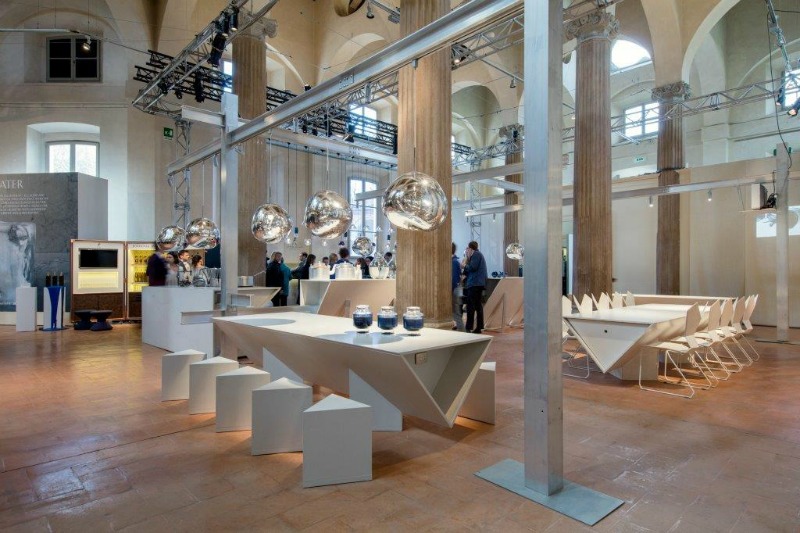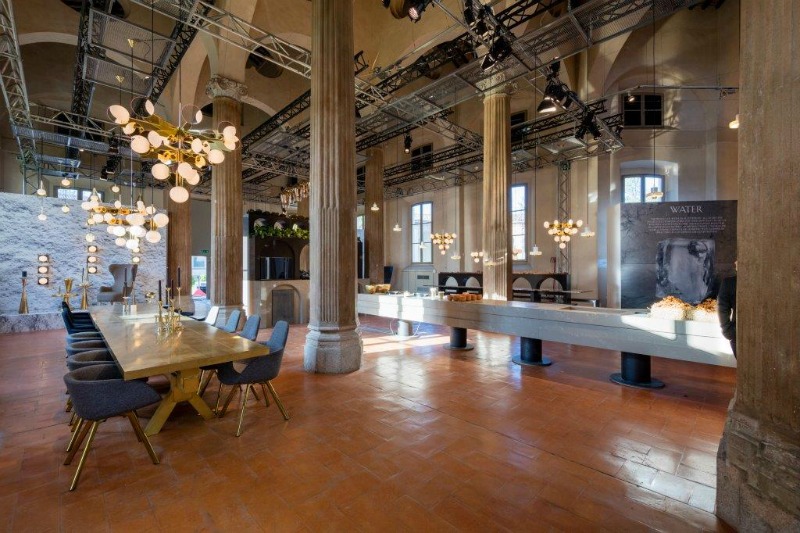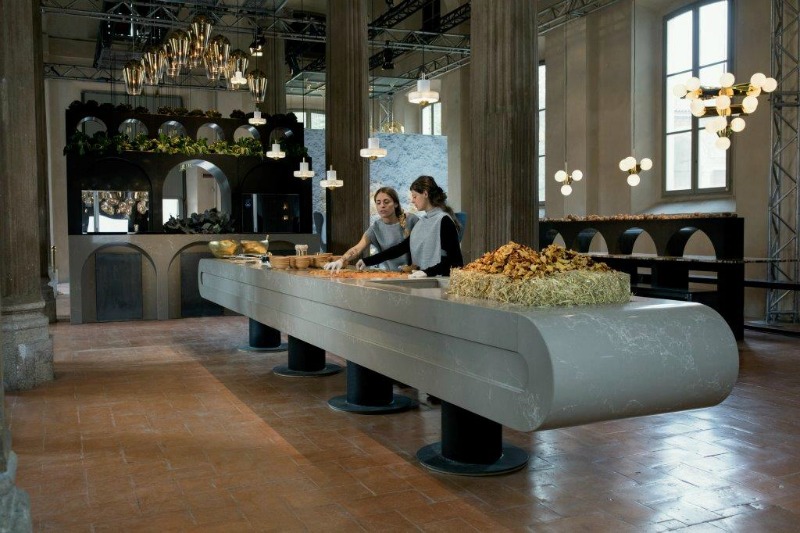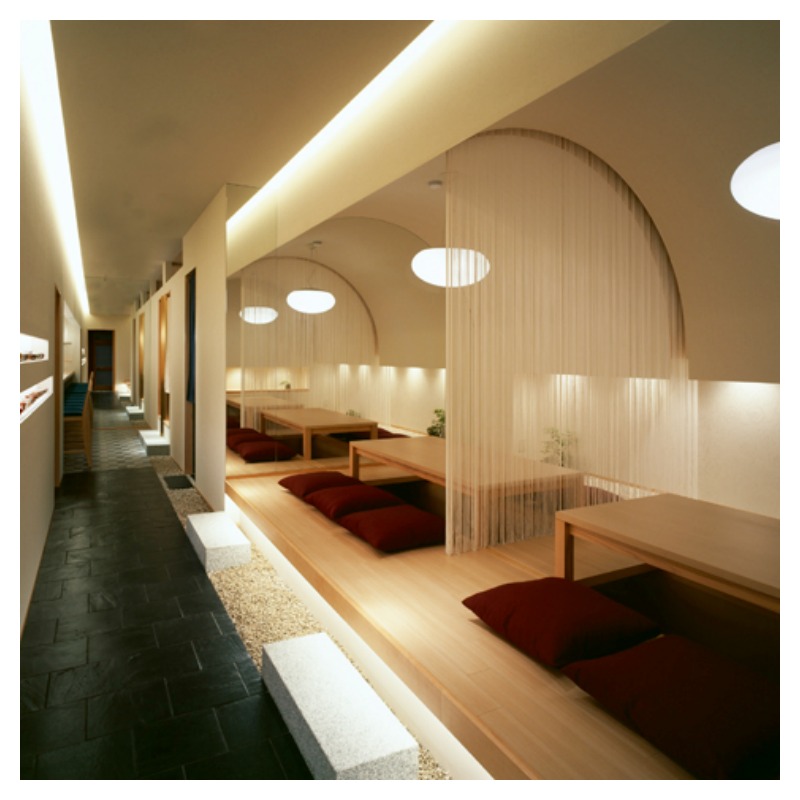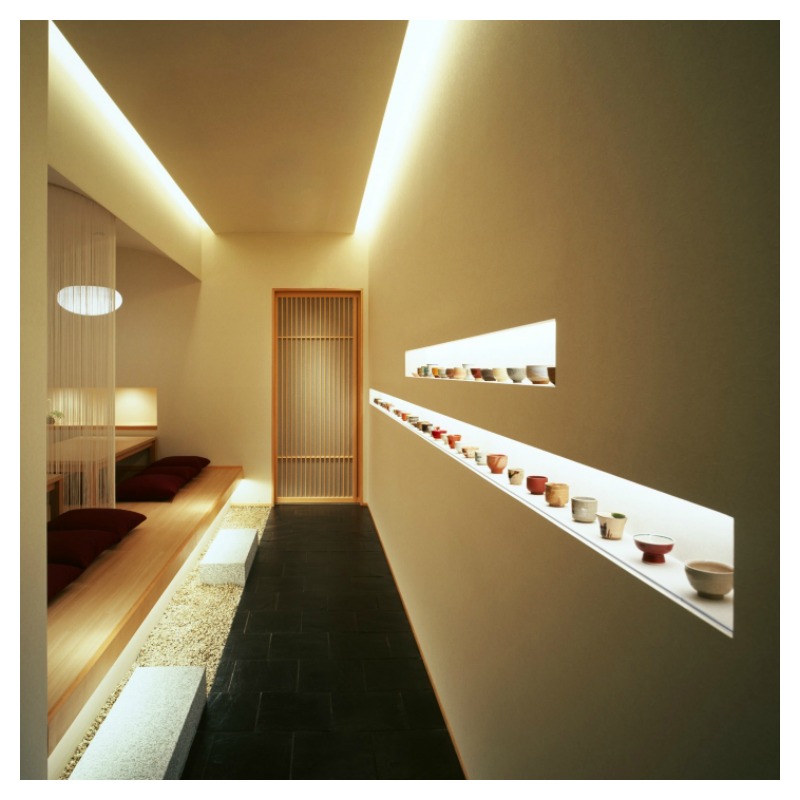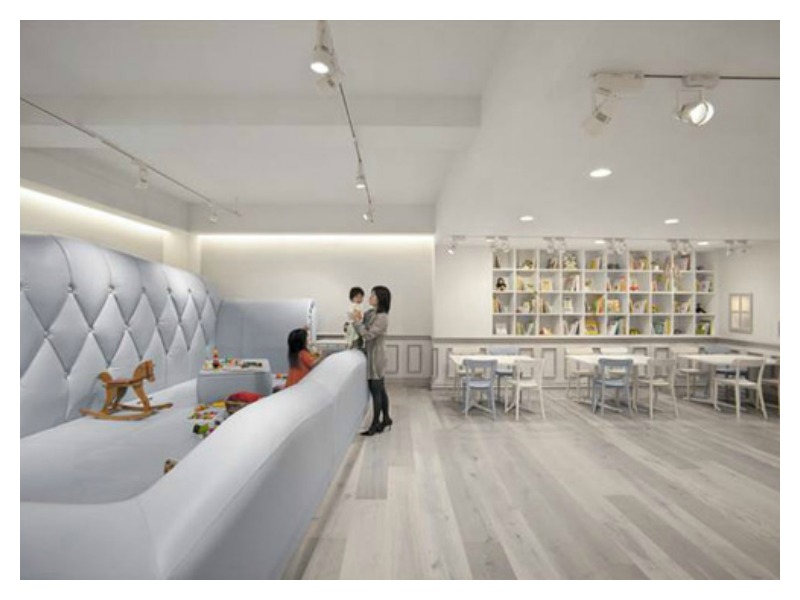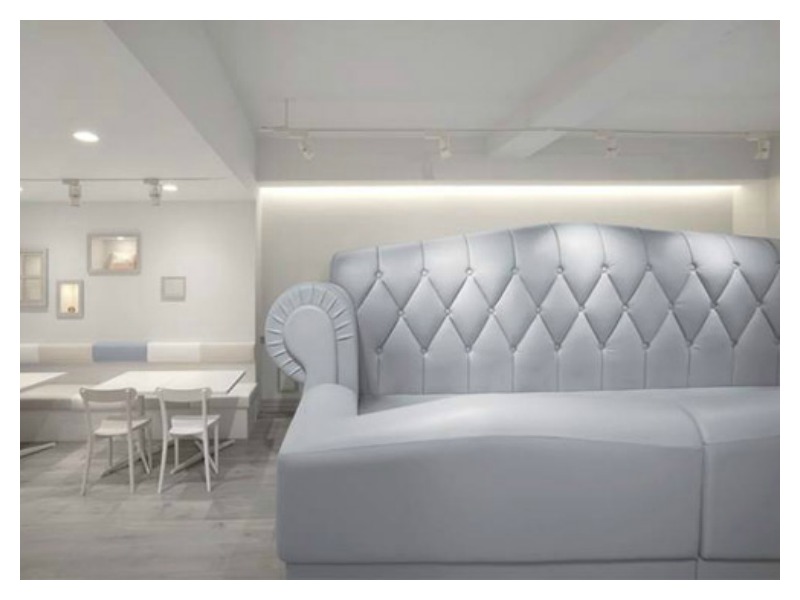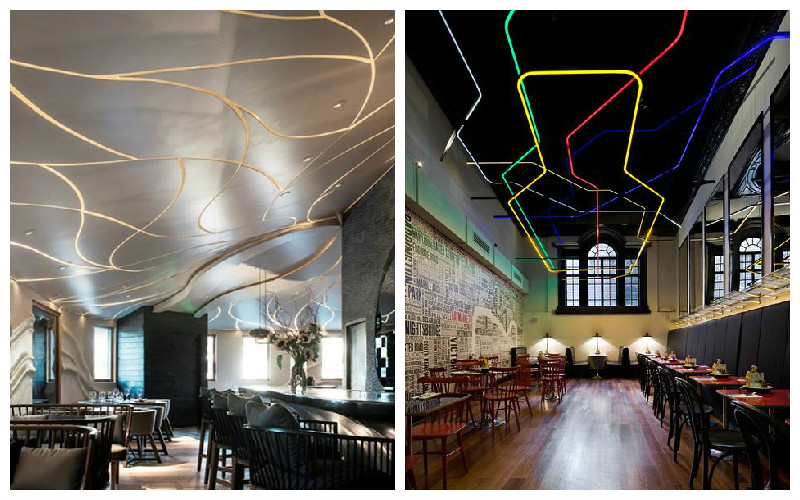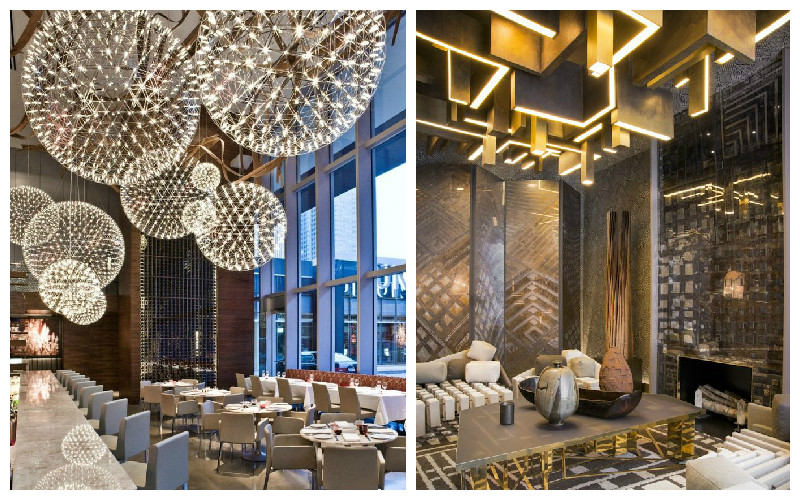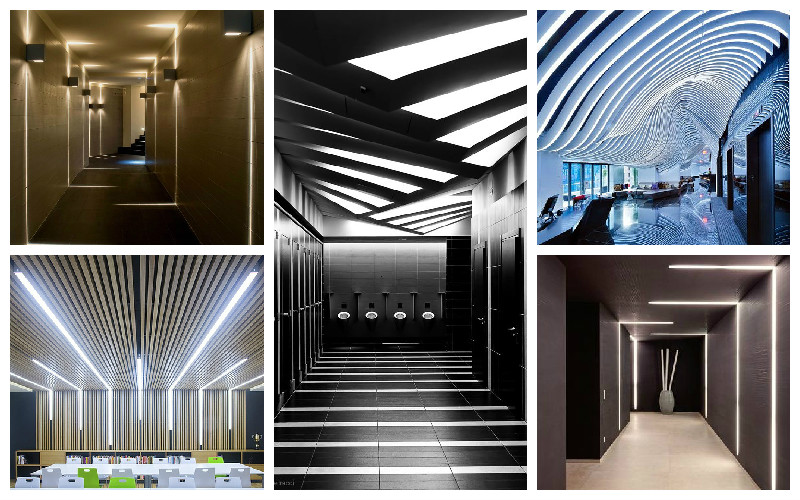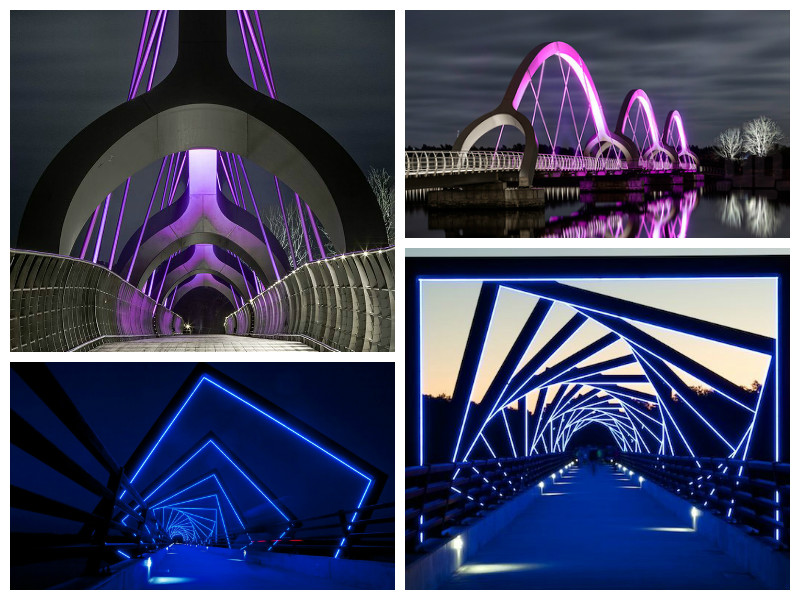It’s been over 2 weeks since the Milan Design Week 2016. We weren’t there but we kept our ears pealed to the ground. One of the notable highlights was the impressive pop up restaurant designed by Tom Dixon in collaboration with leading quartz manufacturer, Caesarstone.
The interactive installation called “The Restaurant” was based at the Milan Children’s Museum (MUBA) in the historical Rotonda della Besana in Milan. It was made of four conceptual kitchens. With inspiration from the four elements – Earth, Air, Water and Fire, each kitchen creates a multi-sensory experience for guests.
The British designer, Tom Dixon designed each dining area to feature colours and materials based on each element whilst showcasing Caesarstone’s designs. Tom’s product design also features albeit with secondary prominence. We definitely have a soft spot for his lighting ranges. They are so exquisite.
“In Milan this year, we wanted to collaborate with Caesarstone to inspire architects and designers through a radical interpretation of how food and surfaces can interact in different ways, delivering a food experience that challenges all the senses in an exercise of materiality, luminosity and texture. Reflecting on the four medieval elements, we have created totally distinctive smells, tastes and visual experiences within each room.” Tom Dixon.
Image credit: www.tomdixon.net
Related articles






